DÜSSELDORF, GERMANY – Following four highly impactful days, Tarasafe International Pvt Ltd concluded its participation in AplusA 2025, marking its most successful exhibition in its long history with the esteemed event. The fair served as the ceremonial launchpad for a comprehensively reimagined brand identity and a revolutionary suite of flame-resistant (FR) protective solutions. The Evolution …
Read More
Conductive Clothing: A New Frontier in Electrical Safety
What is Conductive Clothing? Conductive clothing refers to garments that incorporate conductive materials – such as metallic fibers, conductive polymers, or carbon-based yarns – into textile structures. These garments are specifically engineered to control or redirect electrical currents in hazardous environments. Conductive clothing is made of natural or synthetic material with woven or knitted fabric …
Read More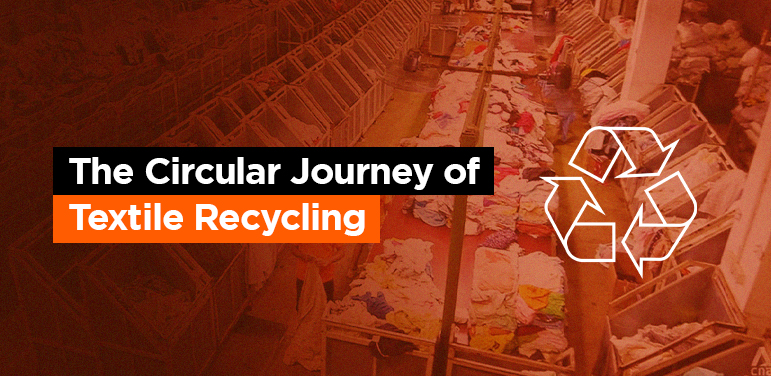
The Circular Journey of Textile Recycling
Why Recycle Textiles? The textile industry is a major contributor to global environmental pollution, affecting land, air, and marine ecosystems. The processes involved in apparel manufacturing chain significantly impact greenhouse gas (GHG) emissions in addition to water resources depletion. Of the 37.4 billion MT global CO2 emissions in 2023, roughly 1.2 billion MT were attributed …
Read More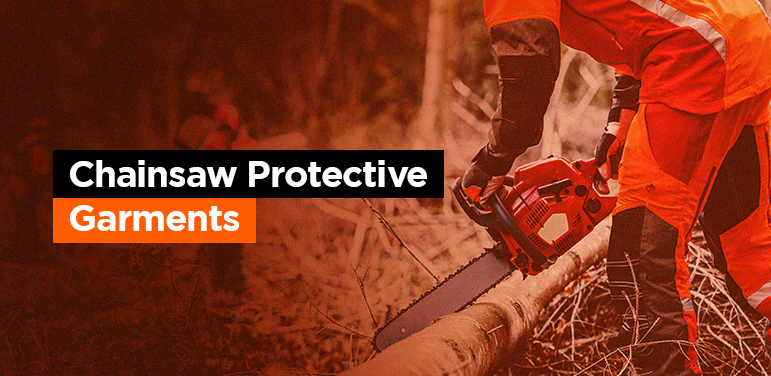
Chainsaw Protective Garments: Essential Safety Gear for Arborists and Forestry Workers
Chainsaw garments refer to protective clothing designed to safeguard workers from chainsaw-related injuries. The primary purpose of these garments is to protect the wearer against the cutting effect of a hand-held chainsaw. Clogging is the primary principle which leads to prevention of injury to a user from a hand-held chainsaw primarily constructed for cutting wood. …
Read More
Aerogels in Textiles: The Secret to Ultra-Light, High-Performance Fabrics
Background Aerogels, discovered in the late 1930s by chemist Samuel S. Kistler, are fascinating materials known for their light, airy, and translucent appearance and are considered one of the finest insulation materials available today. Aerogels have pores in the range of less than 100 nm in diameter. This morphology results in an ultra-low-density (about 0.0011 …
Read More
OEKO-TEX® Standard 100: A Global Certification for Safe Textiles
As awareness grows about the impact of chemicals and hazardous substances on human health and the environment, consumers are increasingly seeking assurances about the safety and sustainability of the products they buy. The OEKO – TEX® STANDARD 100 certification assures that textiles are free from harmful chemicals, including potentially toxic flame retardants, which could pose …
Read More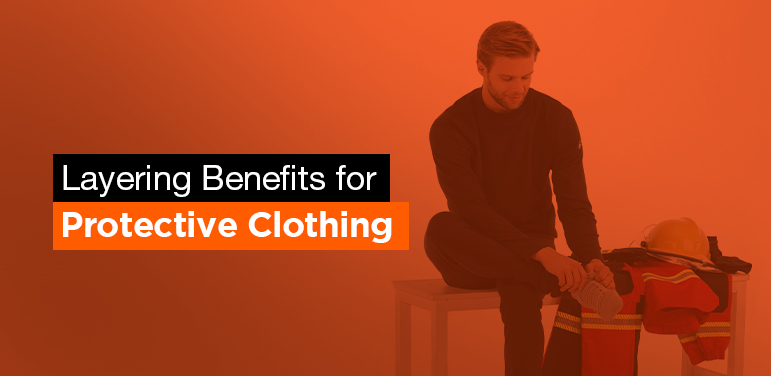
Benefits of Layering While Using FR Protective Clothing
Does it make good sense to use multiple layers of FR garments to protect against exposure to industrial heat and flame hazards, similar to the layering approach used in outdoor cold, rain & wind protective clothing? We will try to find out an answer to the above question in this blog. While it is a …
Read More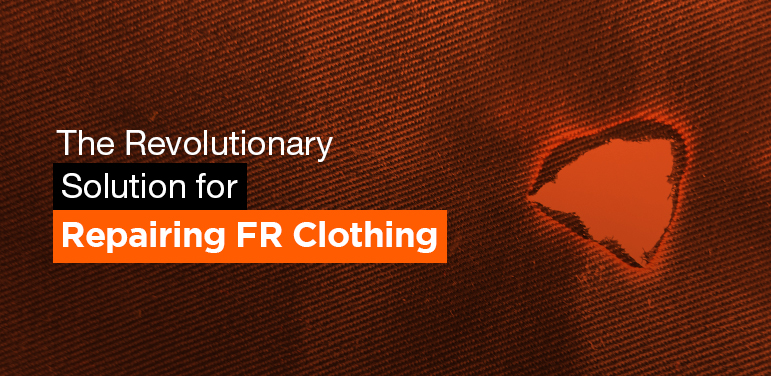
Unlocking Safety: Introducing TaraHEAL® – The Revolutionary Solution for Repairing FR Clothing
Introduction In the realm of safety, fire-resistant (FR) clothing stands as a stalwart guardian, offering unparalleled protection against fire and heat hazards. Unlike regular clothing, FR garments are engineered to withstand the rigors of harsh environments, resisting ignition, melting, tearing, and providing vital thermal insulation. However, ensuring the longevity and effectiveness of FR clothing necessitates …
Read More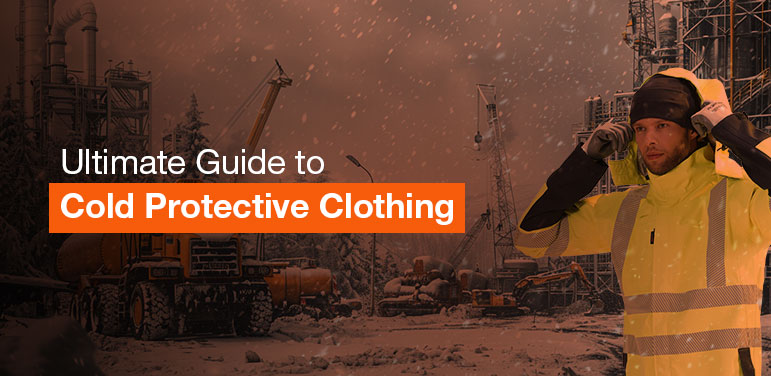
Braving the Chill: The Ultimate Guide to Cold Protective Clothing
When exposed to cold weather, the human body undergoes several physiological changes to maintain its core temperature and adapt to the cold environment. Cooling causes discomfort and impairs physical and mental performance in various ways. Frostbite, hypothermia, and other cold-related injuries can arise from prolonged exposure to cold atmospheric conditions. This can be sudden or …
Read More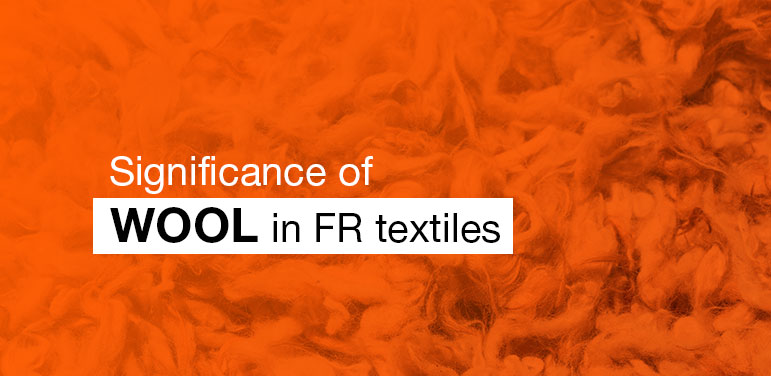
Wool: A Natural and Safe Choice for Flame-Retardant Textiles
Flame retardant fabrics are essential to reduce the potential risk of fire accidents. Manmade materials have dominated the flame-resistant textile market in recent years while wool-based fire-retardant fabrics have been used for centuries due to their natural properties and effectiveness in protection against flames. Due to FR properties, other than clothing, it finds widespread usage …
Read More
